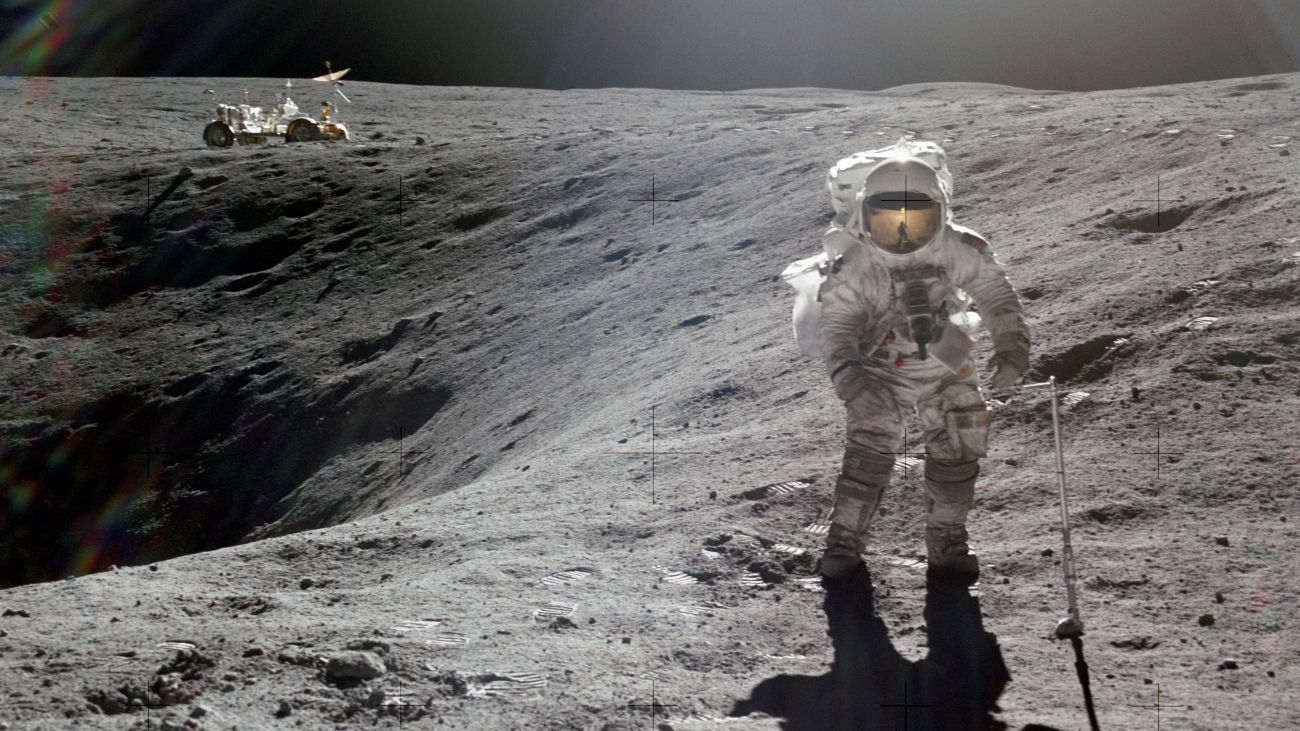A new study shows that astronauts have an increased risk of erection problems after returning from space. That is by no means the only problem they face.
On Earth, the magnetic field and atmosphere protect us from harmful cosmic radiation. There is no such protection on the moon or Mars, nor in the international space station ISS astronauts are exposed to high doses. A lot of research is therefore being conducted into its health effects.
In a new study scientists exposed rats to simulated cosmic rays. After a recovery period of one year, the rats’ cells and tissues were still found to be damaged. This caused, among other things, that the penis and erectile tissues did not receive enough blood, resulting in erection problems. According to the scientists, the tissue remains damaged for a long time, but treatment with special antioxidants can improve tissue functions.
Erection problems are not the only adverse health effects of staying in space. Astronauts returning from a mission appear years older, gravity researcher Jack van Loon told KIJK last year. For example, astronauts also have to deal with these five problems.
1. Bone and muscle loss
Gravity on the moon is a lot smaller than on Earth and on the ISS there is even microgravity (almost zero). This has all kinds of effects on the health of astronauts. “For example, when you float you don’t strain your muscles and bones and then the body thinks: use it or lose it”, explained van Loon. “It is estimated that astronauts lose an average of 1 percent of bone per month. That is significant. Sometimes this mass is still not at its previous level after a year on Earth. This can be extra problematic for women if they then enter menopause and even more bone is broken down.”
To limit damage, astronauts train for hours a day on board the ISS. “That will probably make a difference, but we don’t know how much. We have never been able to compare it with astronauts who did not train.”
Striking: more bone actually forms in the skull during a long space journey. “This is because the pressure in the heads of astronauts increases. On Earth, gravity ensures that fluids are well distributed throughout the body. In a weightless condition there is relatively much blood and lymph at the top of the body. You get a somewhat puffy head; even the wrinkles on your forehead are tightened.”
2. Poor visibility
The increased pressure in the head may also be causing the poor visibility that the ISS crew complains about. Van Loon: “They talk about it cotton wool, by which they mean that some parts of the visual field blur. This may also be related to changes in the brain. For example, you see that the ventricles, the cavities where there is no tissue but fluid, become larger. The so-called sulci, the grooves between the convolutions of the brain, also change in volume.”
Another explanation for the limited vision, referred to as SANS (spaceflight associated neuro-ocular syndrome), it is CO2content in space stations. “That was initially 25 times higher than on Earth. Something has now been done about this, but the CO2level is still far too high.”
3. Heart problems
The weightlessness also does not leave the cardiovascular system untouched. The heart doesn’t have to work as hard in space, but once back on earth it causes problems. “Then you see that astronauts, women slightly more than men, are more likely to faint. The heart no longer has the volume and capacity to supply the brain with sufficient oxygen. After a while it will work again.” The heart also changes shape, says Van Loon. Research among twelve astronauts on the ISS showed that their hearts had become more spherical. After returning to Earth, this effect disappears, but the long-term consequences are unclear.
Sometimes it goes beyond fainting. Of the seven astronauts who traveled to the moon between 1968 and 1972, three died of heart disease. Pure coincidence perhaps, but researchers exposed mice to space radiation a few years ago and six months later observed damage to blood vessels of the type that ultimately leads to cardiovascular diseases, including arteriosclerosis.
Also read: There are more harmful substances in the ISS than in most homes
4. Dysregulated immune system
The immune system also falters in space. This is evident from wounds that heal poorly and also from all kinds of rashes. Van Loon: “The immune system is complex and quickly becomes dysregulated. Due to weightlessness, but also due to stress. Top performance is expected of you, while you sit in a cookie tin with others. With a bit of bad luck, tensions also arise between the astronauts, which is not surprising in such social isolation.”
5. Cancer
This probably doesn’t come as a surprise, but long-term exposure to cosmic rays increases the risk of cancer. Radiation damages the DNA, the body can usually repair this, but occasionally an error creeps in. And too many of those mistakes can ultimately cause damaged cells to divide uncontrollably and form a tumor.
To reduce the effects of this, you could select older astronauts. “Cosmic radiation can cause DNA damage and therefore cancer, but by the time the elderly develop tumors, they have probably already died of old age. This is openly discussed at scientific conferences, but not by space organizations. The subject is too controversial for that.”
This article is composed of excerpts from a interview with Jack van Loon that could be read in KIJK 12-2022.
Text: Tim Tomassen & Maurice Timmermans
Sources: NASAWATCH 12-2022, The Guardian
Image: NASA
2023-11-24 11:00:24
#Bone #Loss #Erection #Problems #Health #Concerns #Astronauts


